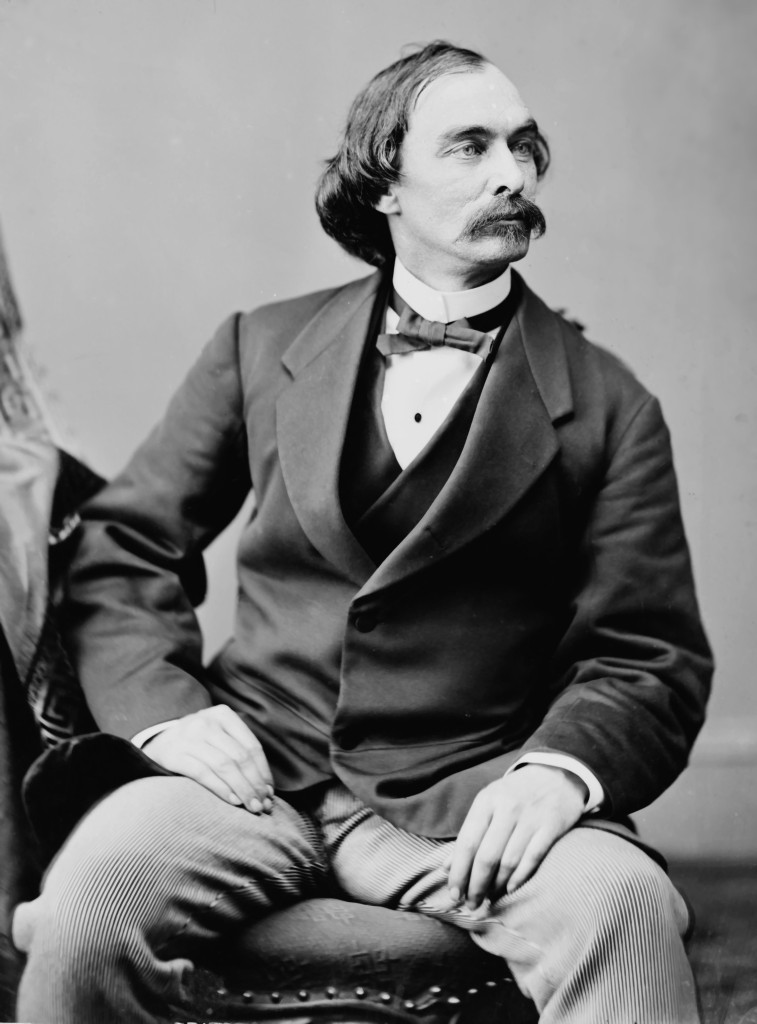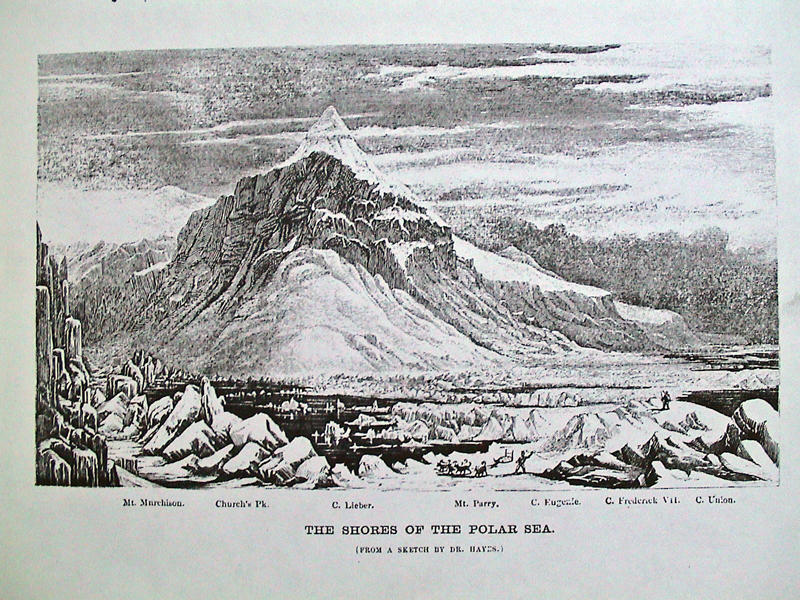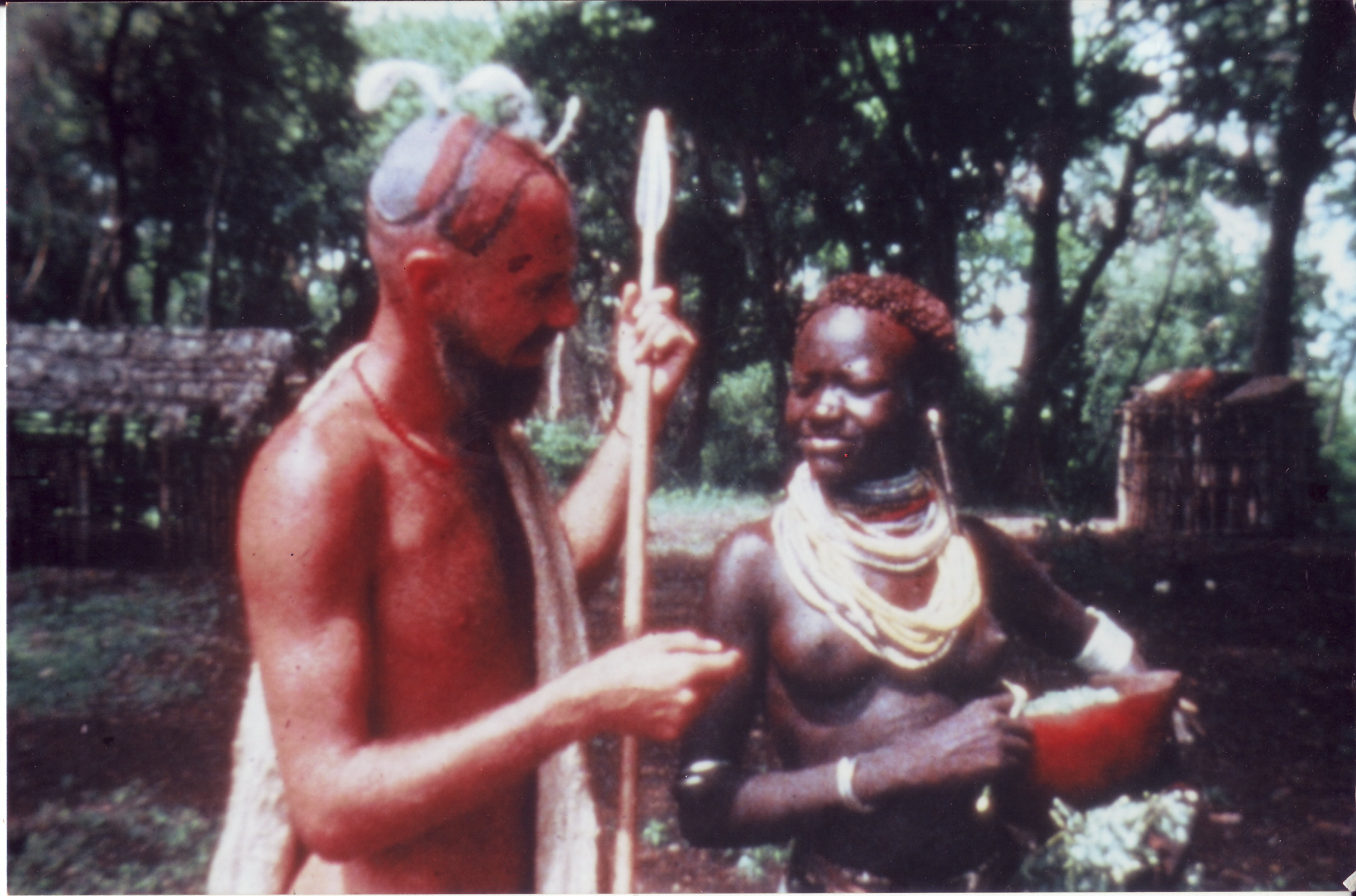After the formation of the United States, many men were interested in further exploring the vast continent and the waters surrounding North America. Men and women traveled across the land, homesteading in various locations along the way. There were also explorers who dedicated their lives to seeking out new discoveries. One area that was of much interest is the Arctic.
During the 1800’s, various wealthy men sponsored expeditions to the northernmost regions of North America, though their motives varied. At this time, there was still great debate on whether or not there was an unfrozen polar sea available for travel. Had there been, it would have altered trade routes considerably and perhaps influenced the development of the planet in unimaginable ways.
One of the men who believed in the Open Polar Sea was Isaac Israel Hayes. Born to Quaker parents on March 5, 1832, Hayes was raised on the family farm where he was born in West Fallowfield Township, Chester County, Pennsylvania. From 1838 to 1848, he attended the local Westtown Academy. Afterwards, he earned his doctorate in medicine from the University of Pennsylvania in 1853.

He joined an explorer ship later in the year as their surgeon. He served under Lt. Elisha Kent Kane aboard the Advance until 1855. The ship was designed to explore the Arctic and was funded by Henry Grinnell, a wealthy financier. This was the second expedition funded by Grinnell as a search party for Sir John Franklin and his party.
In 1849, searches began for Franklin, the two ships and 128 crew members under his command. Extensive efforts were made by many, involving dozens of ships and sledding parties looking for them on the water and land. His wife, Lady Jane Franklin, influenced him and others to continue looking for her husband.
Dr. Kane had been on the first mission and was chosen by Grinnell along with George Peabody and members of the scientific community to head the second expedition. Although Hayes was fresh out of school, Kane felt confident that his experience could help to season the new doctor. They, along with 16 additional men boarded the Advance and headed north. The plan was to enter Smith Sound through Baffin Bay and reach the polar sea. This was believed to be the ideal path to find survivors of the Franklin party.
The first summer of the expedition they landed in Greenland, where they took on two additional crew members. One was a middle-aged Danish man well-versed in the local tongue and was capable at commanding a dog team. The other was a young Eskimo man, Hans Hendrick.
The first winter was rough, with all of the dogs dying and the entire crew falling into depression due to the incredibly long nights that far from the equator. The party traveled to the north on foot in search of the polynya but returned with nothing but frostbite, some of which required amputation.
As spring arrived, they were able to search for provisions and the general mood improved. However, the ice never thawed sufficiently to free the boat. That winter, Kane gave the crew permission to proceed on their own if desired. Hayes was among the eight who chose to leave.

The men returned, with Hayes requiring several toe amputations. Local Eskimos they had encountered earlier helped the men with supplies through the winter. The following spring, they were finally rescued.
Hayes still believed in the Open Polar Sea and raised money and volunteers for another Arctic expedition. He brought on two crew members from his previous expedition, including August Sonntag, the astronomer who died early on.
The dogs became rabid and the crew faced hostilities with the local Eskimos they encountered. Hayes discovered on a stop in Greenland that their homeland was in a civil war and headed the boat back to the states.
He made some reports and claims regarding the trip, indicating that there was indeed an Open Polar Sea. However, the country was in the throes of war and few were interested in anything else. Hayes volunteered his services until the war was over.
Hayes moved to New York and left the world of medicine for that of business. Additionally, he gave lectures and wrote two books before his last expedition into the Arctic. He took along a photographer and released a book with descriptions and observations related to the photos.
He continued to lecture and write once he returned home and remained active in the community of explorers and exploration. He passed away during a family visit on December 17, 1881.
*Read Isaac Israel Hayes book Cast Away in the Cold here!
About the Author
Jonathan Leger is a freelance journalist and small business owner. If you’re ever in Ashveille, North Carolina, he suggests you visit AshevilleMassageByBrie.com

